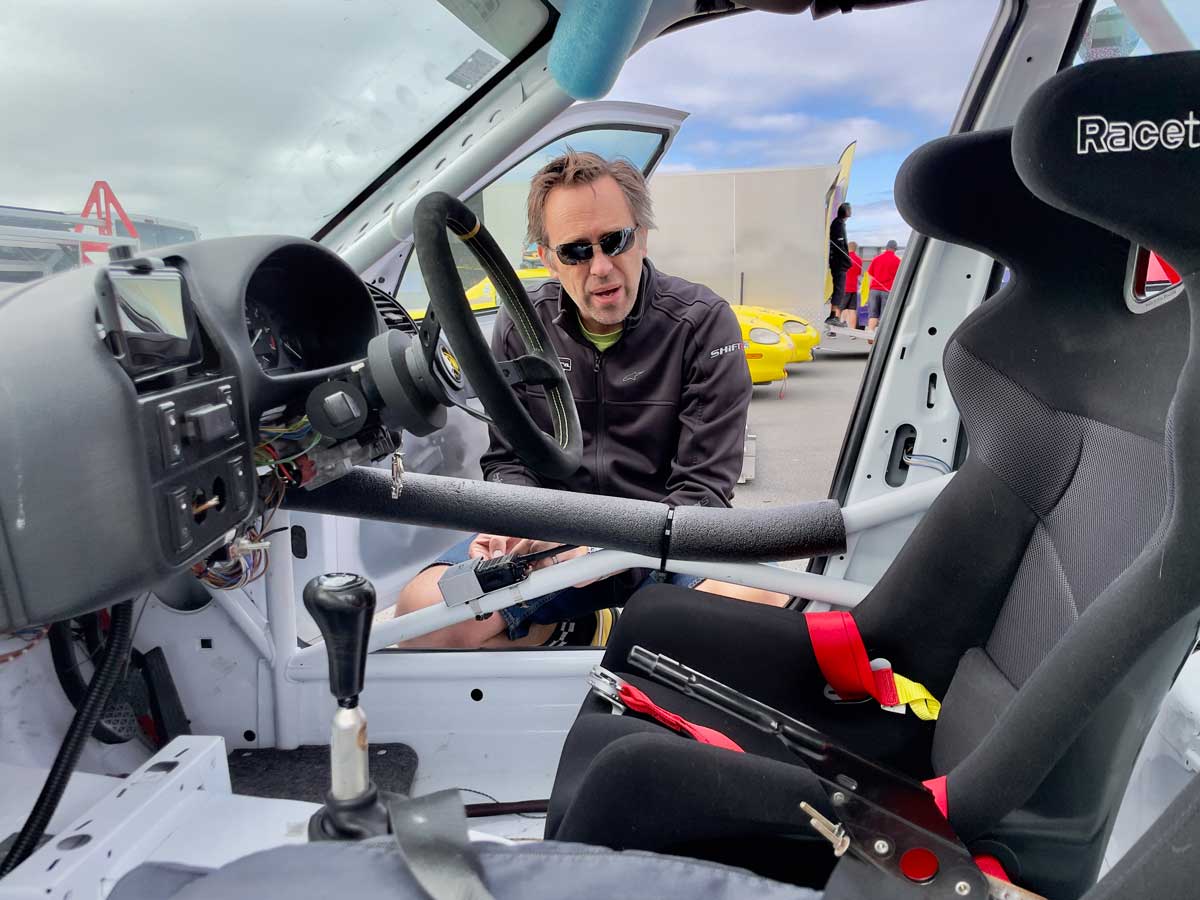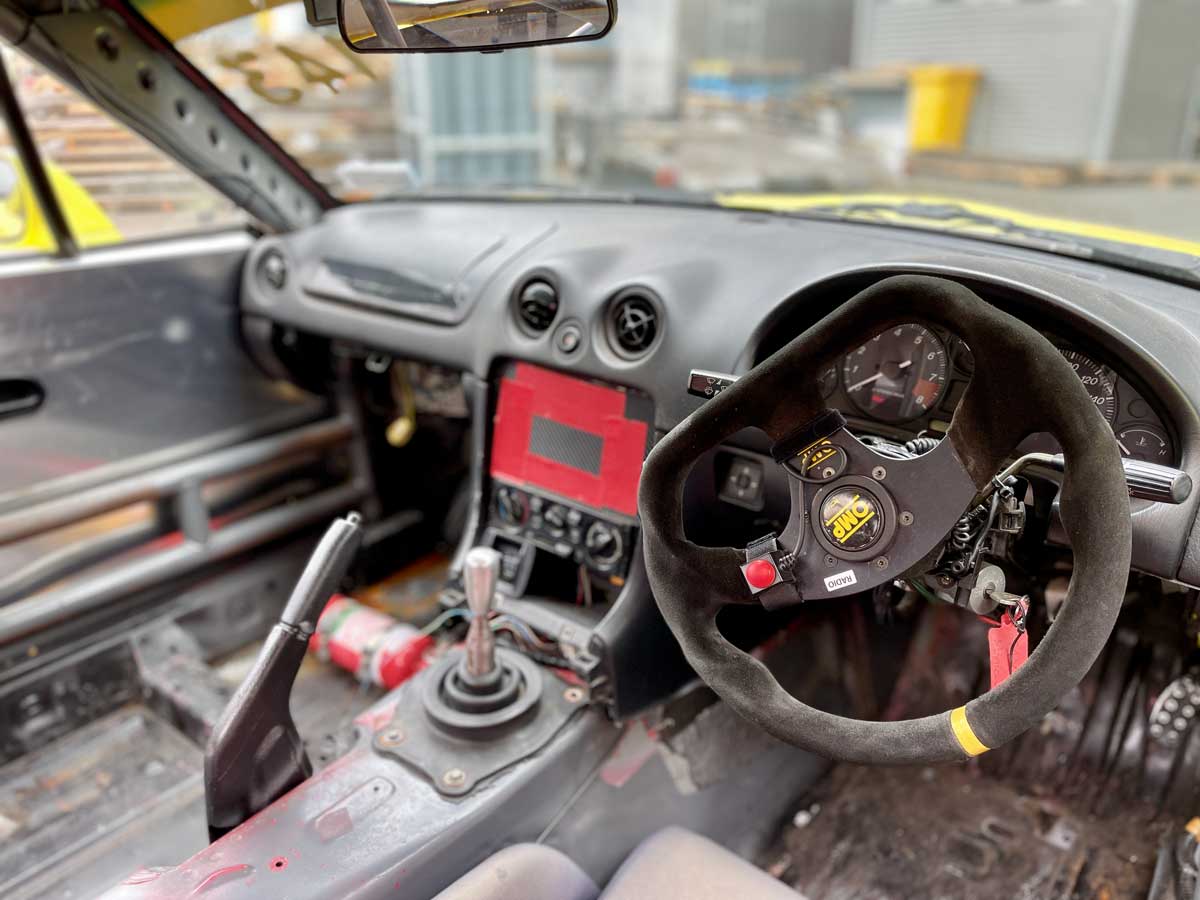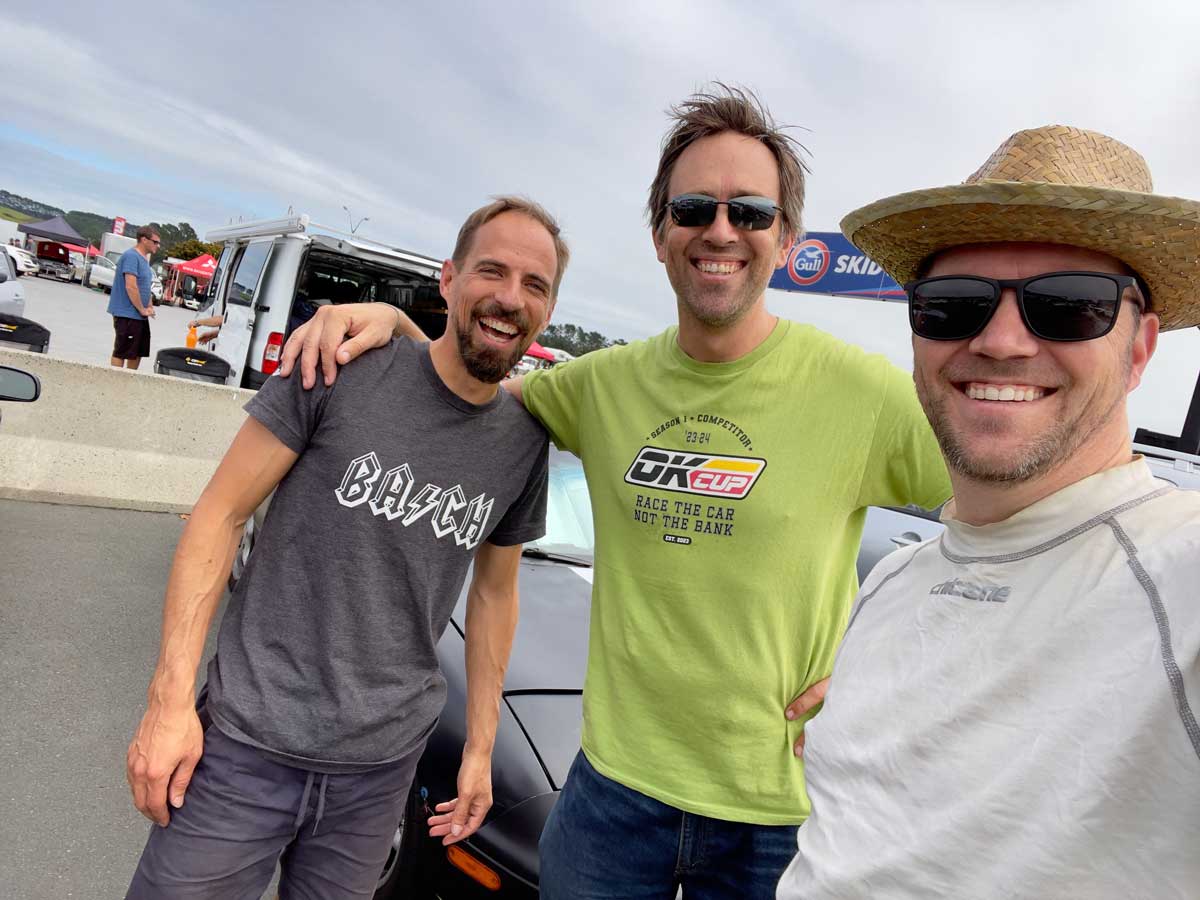How to Get Started Racing With the OK Cup
Fast cars and race cars are everywhere, yet motorsport can seem remote – even elite to enter. Thankfully it doesn’t have to be that way. The OK Cup in New Zealand is a highly accessible ‘get started racing’ format that is a lot of fun and almost cheap. I can attest to that. The format is simple: spend hardly anything on a car, go through a series of race events, and have a lot of fun. Probably the most difficult thing is getting your motorsport licence, but even that’s not very hard. Sure, you need to do a little bit of study, but anyone reading this will find it no problem.
The OK Cup started as the 2K Cup, a gateway, easy-access form of motorsport. The cars are all inexpensive, unmodified older cars with a few safety enhancements and standardised tires. The key here is unmodified. You have to race them like they came out of the factory. 2K originally referred to the cars being older than the year 2000 and costing less than $2,000. But some of that’s a little tricky now as the old cars are appreciating, so there’s now more flexibility to ensure inclusion.

This author experienced a couple of motorsport events, and the OK Cup really stood out for its respectful competition. Everyone is determined on the track and friends off it. One of the highlights is the communal barbecue and the low-key podiums. It doesn’t get more grassroots than this.
I was fortunate enough to be asked by the Forrest family to pilot one of their cars, a pre 2000 1.8-liter Mazda MX-5.! There’s not much to learn about the car because they’re very simple—basically, just how to get in around the roll cage, and that’s it. This was the end-of-season special, so I got to do a large and long race of a full hour. Most go-kart sessions run to 15 minutes maximum, so an hour at high speed on the Hampton Downs national track was simply awesome.

It went like this: I was driving John Forrest’s car while son Mike was competing for the series win, so the stakes were high. I had a simple aim going into the event. to finish across the line. Never mind position or overtaking. I had never done this before, so for me, it was about keeping the car running and mostly on track. The racing is as fast and furious as anything, and because car capability is neutralised, it’s all about driver skill. The format is simple: the lead person across the line at 60 minutes wins. Most people run with a nifty two-way radio setup, meaning it’s just like ‘Drive to Survive’ chatting to the pit wall, except the wall is one dude on the other end of the radio who is very friendly but ultimately can’t help much! In car cameras an installed for viewing entertainment – and incase people rub doors a little much.
As nice and friendly as people are off-track, the ontrack action is extraordinary. I started well back on the grid and amazingly managed to finish 26th out of 30 – not last! I had one major outing from the tarmac which resulted in an impressive cloud of dust, but I was mainly heading in the right direction, so I kept it pinned and rejoined with a maniacal soundtrack of my own laughter. 60 minutes goes very fast, and I finished wanting more.

A rather impressive app keeps track of everyone’s position on track. My fastest lap was eight seconds better than my slowest, so I was clearly improving. Not enough to threaten any overtakes at all. I think my position on track was mainly because I didn’t crash or break down. I don’t remember overtaking anyone who was moving, but in the afterglow of the race — remember you are wearing layers of wool underwear, a racing suit, a helmet, and are in a hot car with no air conditioning — none of that mattered, and it was back to fast friends. What stood out he most was the friendship across the paddock. While the racing was the drawcard, people came for the connection. One hour of racing, six hours of socialising – do the math.
There was no lack of guidance from everyone else on how to set things up and do better. With everything being production cars, it’s easy—you just have to be a better driver. This is the way to get into motorsport. It’s really clear. Budgets can be low. There are a few costs like getting a car, a race suit, and race-ready equipment, etc., but once you’re in the series, it’s a habit that’s probably not much more expensive than skiing. You can find more in my detailed report online.

The series is held around the country in different spots with up to 8 different race dates. There are more points available for the more remote races to make things interesting. Some turn up with trailers full of their cars and gizmos, and others roll up in the car they’re going to race and aim to have a working car at the end of the day.
I look at something like a BMW M3 and think I would love to race one of those. But how do I see if I’m any good, and how do I get started? OK Cup is the way you get into it. It’s a safe and friendly environment that can massively upskill your driving talent and pave the way to spending the big bucks on a custom racing machine. It’s a whole lot different driving a full-sized car than go-karts. There’s much more of a feeling of responsibility, and even though these old cars don’t have a bazillion horsepower, they give you the freedom to compete and ultimately learn about yourself as a driver.
Learn more at https://www.sporty.co.nz/okcup

